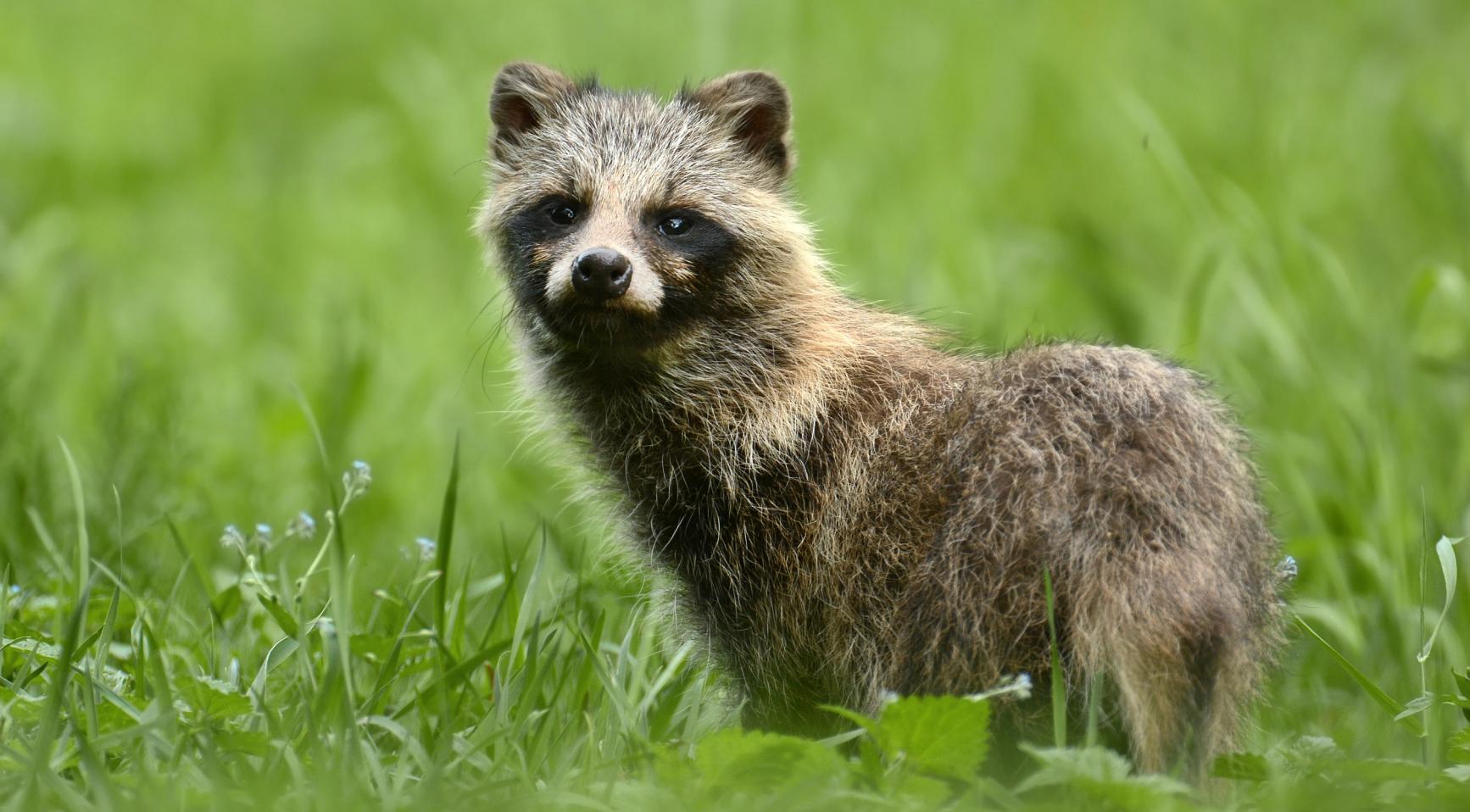Raccoon dogs are flourishing in the Netherlands, with the population here rising rapidly. The predator is an invasive exotic species, but biologists don’t think it’ll cause much trouble in the Dutch landscape. Unlike the animals they were named after, raccoons, which are also on the rise, NU.nl reports.
The raccoon dog looks like a raccoon, but is a dog species. It is a shy, nocturnal animal that mainly lives in swampy areas. “A raccoon dog is a forager that eats whatever comes in front of it,” biologist Paul ten Den told the newspaper. That’s mainly smaller animals and insects, but raccoon dogs also eat fruit and vegetables when presented with them.
Ten Den is studying how harmful raccoon dogs would be to Dutch nature and the Netherlands, on behalf of the province of Overijssel. He isn’t too concerned. Raccoon dogs are shy animals that avoid people and the human environment, so there shouldn’t be much human interaction.
It shouldn’t pose much trouble for nature either, Maurice La Heye of the Mammal Society told NU.nl. “It fits into a niche that we already have,” he said. “It is a species that we will ultimately have few problems with, ecologically and economically speaking.”
Ten Den is more concerned about raccoons, whose populations are on the rise in Limburg and Noord-Brabant. They are less nervous about entering human environments and have been known to turn over trash cans while searching for something good to eat.
Raccoons and raccoon dogs are not the only predators coming or returning to the Netherlands. The wolf is the best-known example, but the golden jackal and wild cat are also doing well.
The scientists NU.nl spoke to attributed this good news to the climate policy. Due to the nitrogen rules, certain plants are growing well, and so do the animals that eat them. Deer and wild boar, in particular, are flourishing, providing good eating for wolves, for example. The policy to connect the Dutch nature reserves is also proving very beneficial for wild cats.
